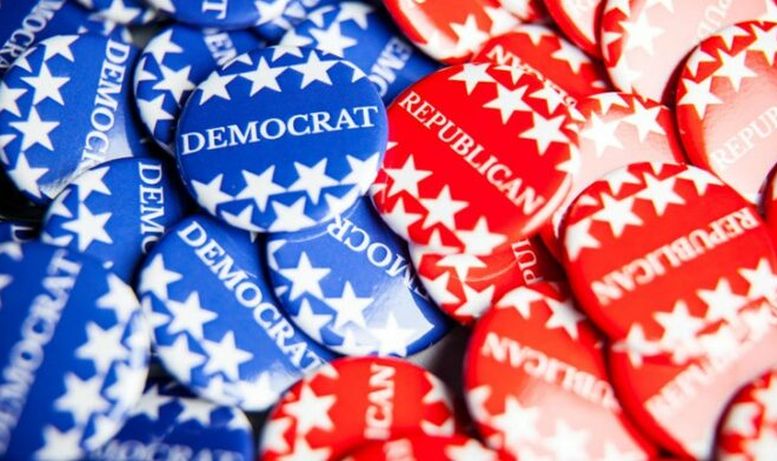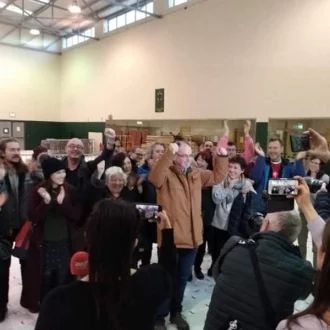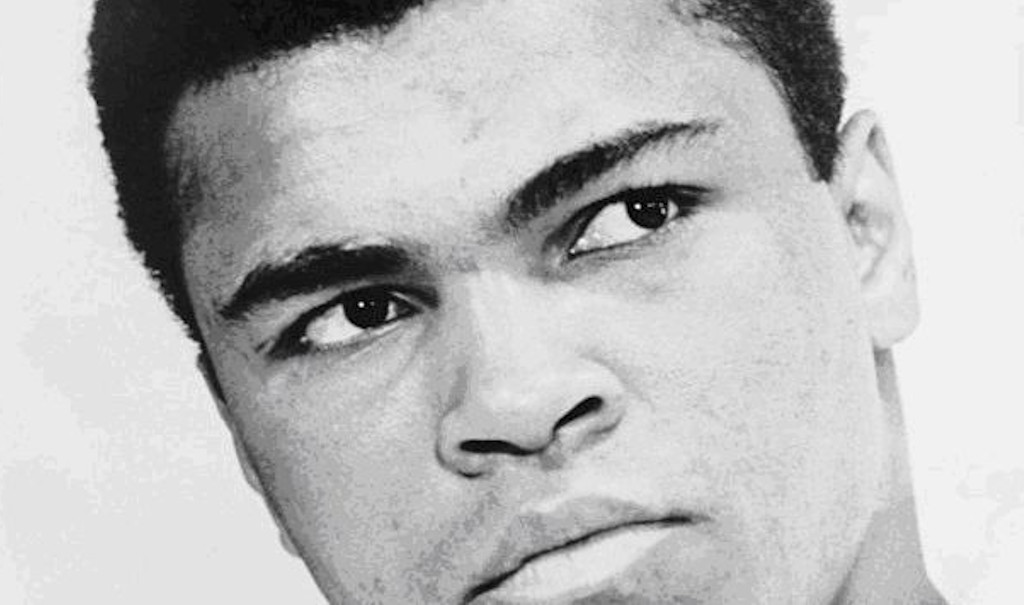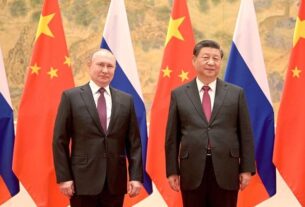Greyson Van Arsedale is a member of of Socialist Alternative in the US.
Build An Alternative!
A recent poll found 59% of registered voters have little or no enthusiasm about a Biden-T Trump rematch. It’s not difficult to see why: both men have been President within the last decade, and the results have not been good.
Trump’s presidency was a disaster for working people. He emboldened the far right and hate groups, ratcheted up geopolitical tension and economic protectionism, attacked environmental protections and other safeguards, stacked the courts with right-wing judges who have done their level best to unravel the rights that decades of civil rights movements have won, and much more. His callous handling of the COVID-19 pandemic caused, at minimum, hundreds of thousands of deaths that could have been avoided by acting sooner. He capped off his Presidency by instigating the attempted January 6 coup to overturn the results of the 2020 election.
And despite the fact that a huge number of workers and youth voted to oust Trump in the 2020 elections, Biden has provided a significant alternative to Trump’s reactionary politics. His administration rolled back COVID-19 stimulus and protections the instant it could with no regard for public health. Biden did not raise the Federal minimum wage, cancel student debt or bring in Medicare for all. He firmly blocked any attempts to cut police funding in the wake of the murder of George Floyd. Now, Biden is carrying out a thoroughly Trumpian agenda on immigration; pushing to urgently build the border wall and putting more obstacles in the path to achieving legal asylum in the US. For many, what has been the straw that broke the camel’s back is Biden’s unflinching support of the Israeli state in its wanton massacre in Gaza, which has by early March killed over 30,000 Palestinians.
“We’re not going to do a damn thing other than protect Israel in the process.” Biden said at a Democratic fundraiser in December, when asked if he’d place any conditions on military aid to Israel. “Not a single thing.”
Now, as the body count racks up ever higher in Gaza, Trump has loudly proclaimed that he supports the “total victory” of Israel, and said, “you’ve got to finish the problem.” The full weight of the American political establishment stands firmly behind Netanyahu’s genocidal war, on either side of the traditional political aisle.
Undoubtedly, as the Biden-Trump match-up nears, the Democratic Party will ramp up all available pressures to “vote for the lesser evil.” There will be inescapable ad campaigns, pundits on television, paid YouTubers and TikTokers, insisting that Biden is the only real choice. But the actions of both major parties and their chosen candidates have caused a realization among many workers and youth: that Biden and the Democrats don’t provide any solutions to the horrors brought down on us by the right wing, and inflict plenty of their own.
Under the purposefully limited, restrictive American two-party system, can there be another way? The honest answer is: there must be.
What Is the Two-Party System Anyway?
The existence of two major parties in the United States is not preordained by any law or rule, but it is the outcome of a number of mechanisms that will tend to result in two major parties forming. One of these is “first-past-the-post” elections, also called “winner take all”, in which representation is only allocated based on who wins the single most number of votes, as opposed to systems of proportional representation. Another is the American electoral voting system, which essentially applies “winner take all” to the state level: in a Presidential election, candidates generally win delegates from states, which then vote at the electoral college.
On top of that, both major parties are motivated by simple arithmetic to make it harder for third parties to form. Restrictions on parties on a state level vary, but getting and maintaining ballot access state-to-state requires navigating a labyrinthine puzzle of bureaucracy.
But though there have rarely been more than two major parties at any point in American history, what those parties represent has continually changed. Shortly after the founding of the United States, it was the Federalist Party and the Democratic-Republican Party. Then it was the Democrats and the National Republicans, and then the National Republicans collapsed, and a new Republican Party was formed from the remnants of Whig and Free Soil party members, which had been minor parties before. The modern Republican and Democratic Party are not historic constants – they, too, can be overturned.
Today, a plurality of Americans politically identify as independents – 49%, far more than the amount that identify as either Republicans or Democrats. A majority of Americans also support progressive policies that neither major party has any interest in: universal single-payer healthcare, and raising the federal minimum wage to $15. A majority of Americans, and even a plurality of Republicans, support a ceasefire in Gaza. The simple fact of the matter is that neither the Republicans nor the Democrats have a program that responds to the needs of working-class people, and a political revolution is long overdue.
What Would a New Party Need To Be?
After launching a $7 million ad during the Super Bowl, independent presidential candidate Robert F. Kennedy Jr announced via Instagram Reel that he was starting a new political party, “We The People.” He explained that this was essentially only a mechanism to make it easier to get him on the ballot in some states like California, where it’s easier to get on the ballot as a new party versus as an independent candidate.
This approach is just as useless as the rest of RFK Jr.’s candidacy. Working-class people need a party of our own, which doesn’t just represent us but is democratically organized so that we can set our own platform and program, based on our own needs.
Cornel West, an independent presidential candidate and prominent left activist, has also launched a new party formation in recent days – the “Justice for All” party. While it’s unclear what intentions West has for his campaign, a campaign spokesperson claimed that the party aimed to have a national convention later this year. If West actually intends to coalesce a national convention of workers and youth excited by the progressive demands of his platform and as a step towards building a mass working-class left party, this would be an enormously positive development.
Building a party that could represent the interests of the broad working class and provide a staging ground for a massive battle against the political establishment wouldn’t be easy. From day one, there would be pressure on the party’s most public-facing individuals to adopt a conciliatory approach and make backroom deals with the two major parties. To give working-class people real authority over their elected representatives, a working-class party would need to have recall power over elected representatives who would take the average working-class wage, instead of the exorbitant salaries and stock portfolios of establishment politicians.
Socialist Alternative member Kshama Sawant, who held a city council position in Seattle for ten years until her exit this winter after four consecutive electoral victories, only took the average wage of a worker in Seattle. The rest of her salary was put into a solidarity fund to support workers’ struggles, which made major donations in the past few years to campaigns to unionize major corporations like Amazon, among others.
On this principled basis, Kshama and Socialist Alternative were able to build movements of workers and youth to win a series of victories: landmark renters’ rights laws, the first-ever tax on Amazon to fund affordable housing, the first $15 minimum wage in any major city, millions of dollars in funding for community needs through the Peoples’ Budget movements, and so much more. We urgently need an independent party that could apply these lessons nationwide, and win even bigger victories like a massive raise in the federal minimum wage, Medicare for All, and a green jobs program to fight climate change.
The task of building a party that can actually follow through on fighting for the needs of working people is not an easy one. It will have to overcome immense obstacles just to get on the ballot, but the main challenge will be to put together a program and a strategy to win that can convince millions of working people – who are disenfranchised by the total corporate rule of the Democratic and Republican Parties – to join the fight to forge something new. But until that task is taken up, every election will be a version of the same question: to vote for one of two options that mean more of the same problems.




